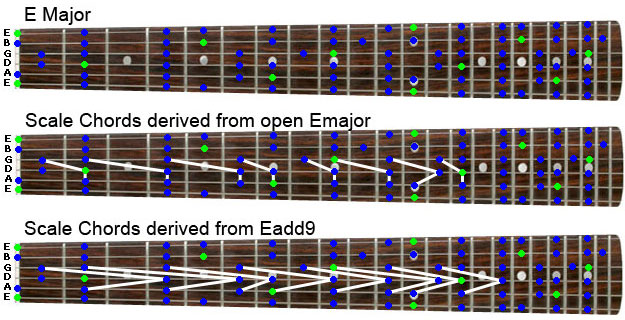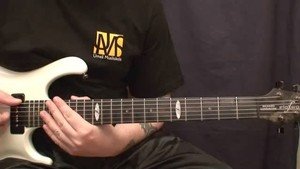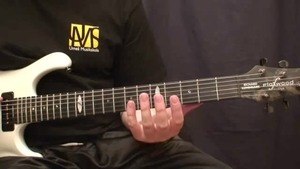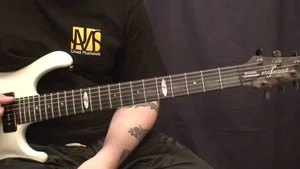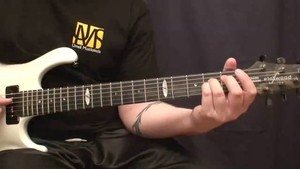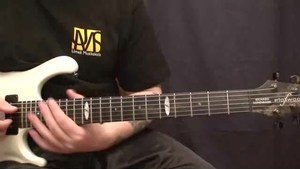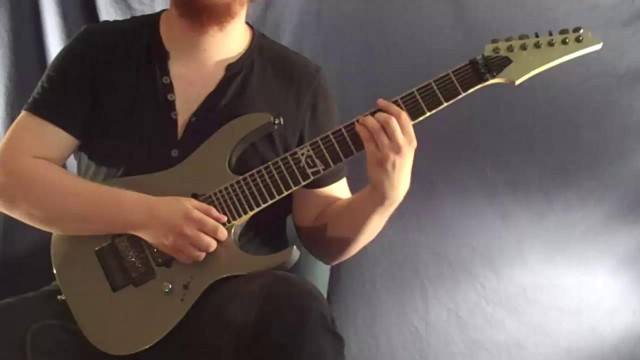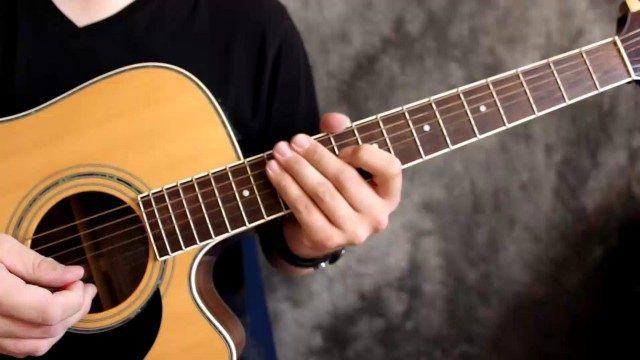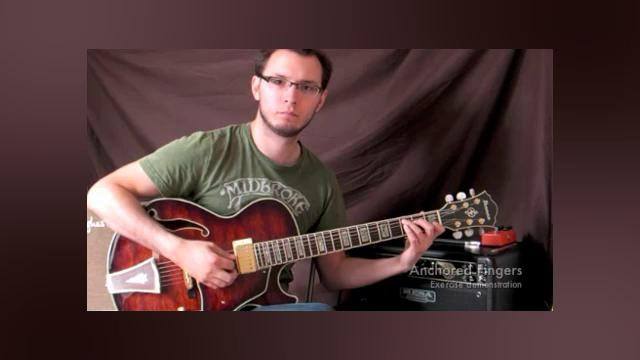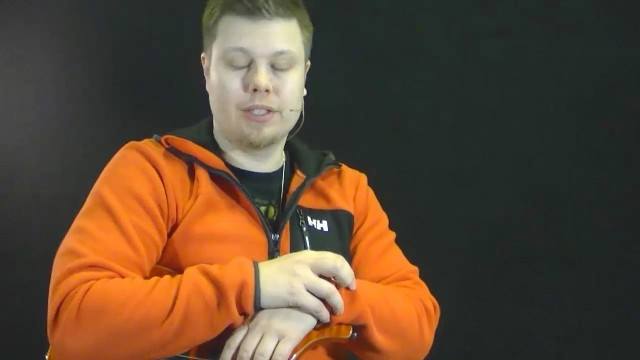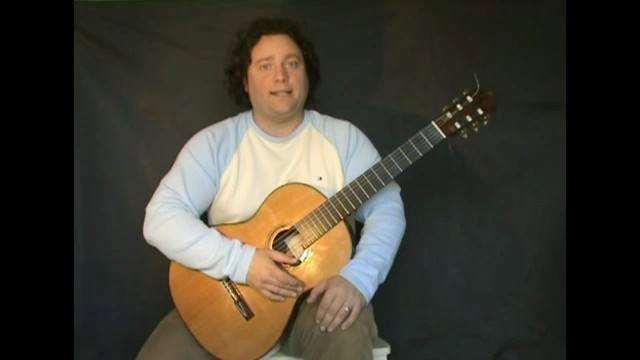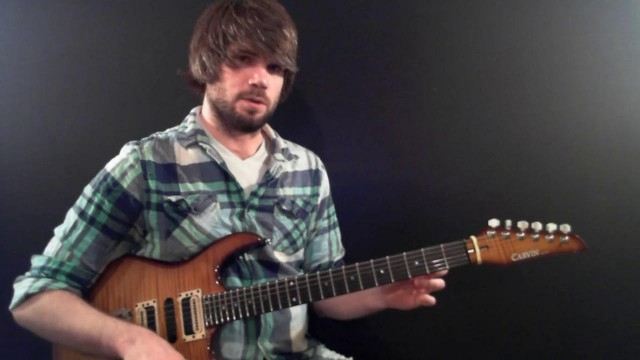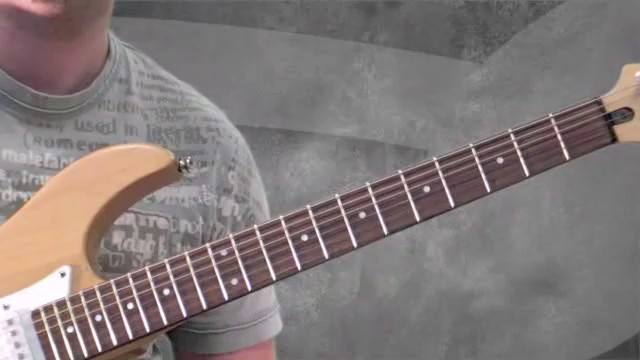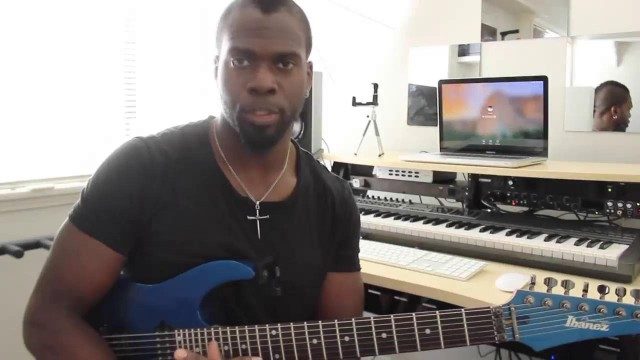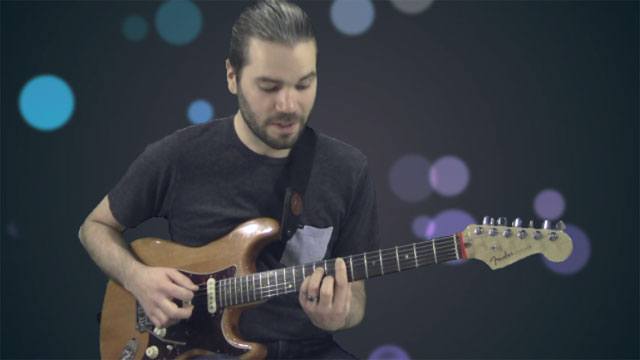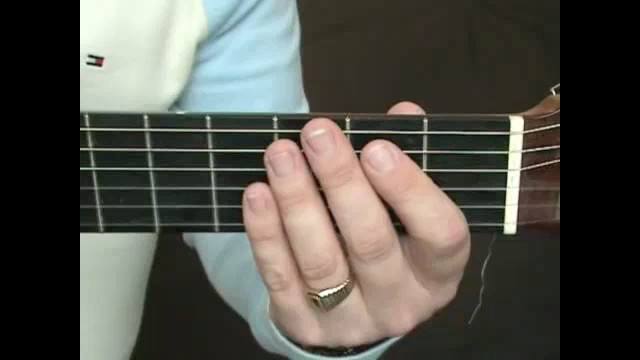To begin with, let’s review what a chord is. A chord is a group of notes derived from a given scale, put together in a cluster. For instance, let’s take the key of Emajor (as presented in the scale charts below). The tonic (I-degree) of E major would be the root, major third and fifth degree of the major scale, together forming a major chord. In this case, E, G# and B. To derive the other chords included in the key of E major, we simply stack the major and minor thirds starting from each of the scale degrees. For example, if we start on the second degree, F#, we would get F#, A, C#, giving us an F#minor chord. This is all well and good, and something I’m sure all of you know already. The idea of touching upon this first, is to better illustrate the difference in approaches we are about to embark upon.
Also, I want to make a disclaimer at this point! Due to a temporary brain-fry I didn't play the I-IV-V correctly in the video. A I-IV-V in Emajor would of course be E - A - B(7). I played an Amin by accident, and didn't catch my slip. So please, just go by what I say at that part (2:02), and not what I played ;) OK, then let's move on!
SO! Let’s go into Scale voicings shall we? As you can see I’ve layed out the entire Emajor scale across the entire fret board. As you can see in the video I first exemplify the regular chords in Emajor (E, F#m, G#m, A, B, C#m, D#m-5). Then the fun begins. What we do is find a fingering we like, in the first example we just take the fingerings on the A,D and G-strings in each of the above chords, and use those as moveable voicings. As you can see, drawing lines between the notes, maps out the fingerings and how they are just moved up throughout the scale notes on those 3 strings. The idea is simple; map out any scale across the entire fret board (check the last part for blank Fret board charts), then just find a voicing you like. Draw that fingering by connecting the dots so to say, and then move that up to the next group of notes. Simple as that.
